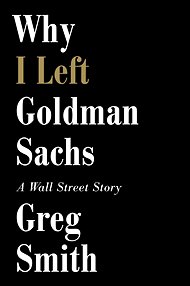SAN FRANCISCO — Netflix’s video subscription service has trumped pay-TV channels and grabbed the rights to show Disney movies shortly after they finish their runs in theaters.
The multiyear licensing agreement announced Tuesday represents a breakthrough for Netflix as it tries to add more recent movies to its popular service that streams video over high-speed Internet connections.
It is the first time that one of Hollywood’s major studios has sold the coveted rights to Netflix instead of a premium television network like HBO, Starz and Showtime.
Starz currently holds the rights to Walt Disney’s movies under a deal that expires in 2015.
Beginning in 2016, Netflix will be able to show Disney movies about seven months after they leave theaters.
Netflix did not disclose how much it is paying Disney.
Article source: http://www.nytimes.com/2012/12/05/business/media/netflix-wins-disney-movie-rights.html?partner=rss&emc=rss


